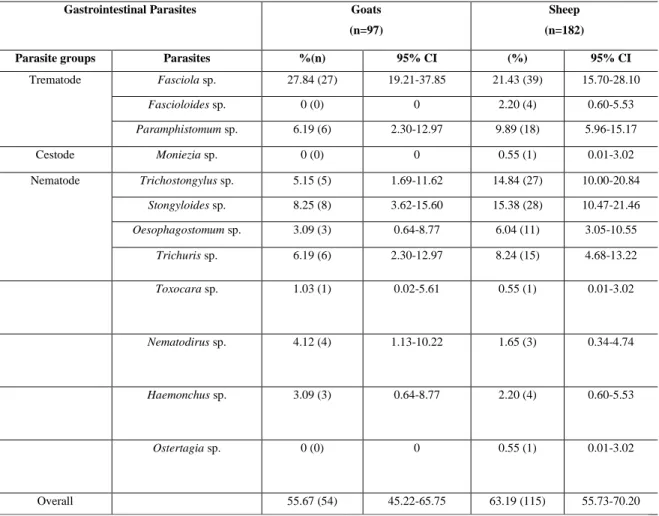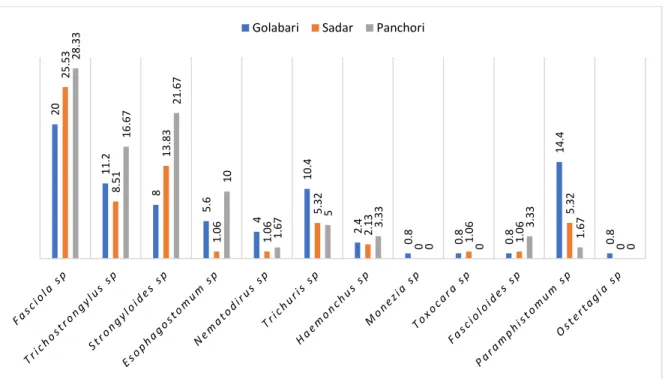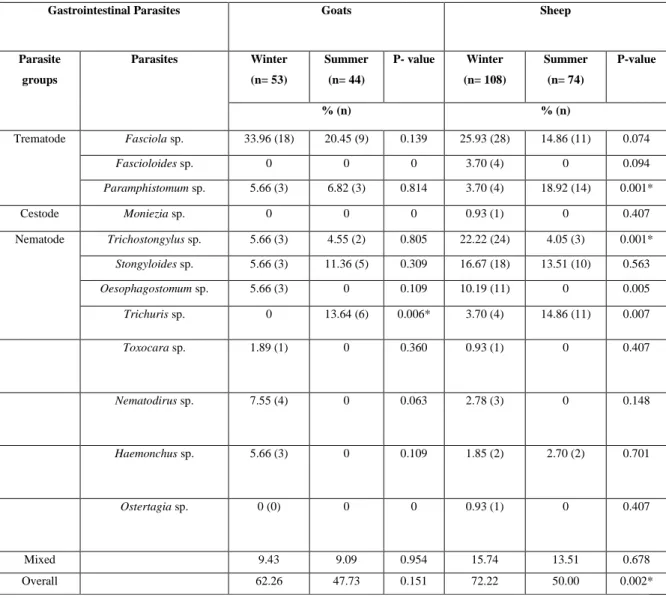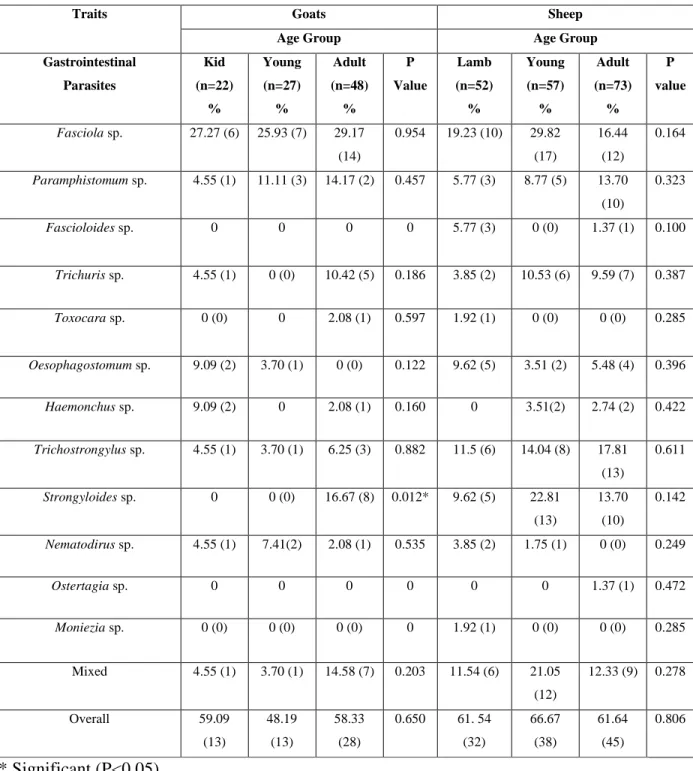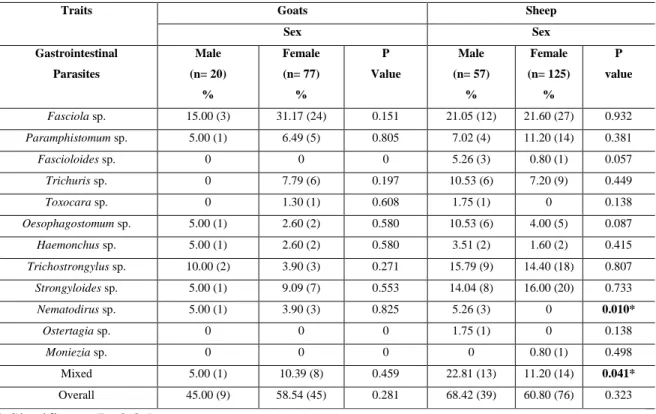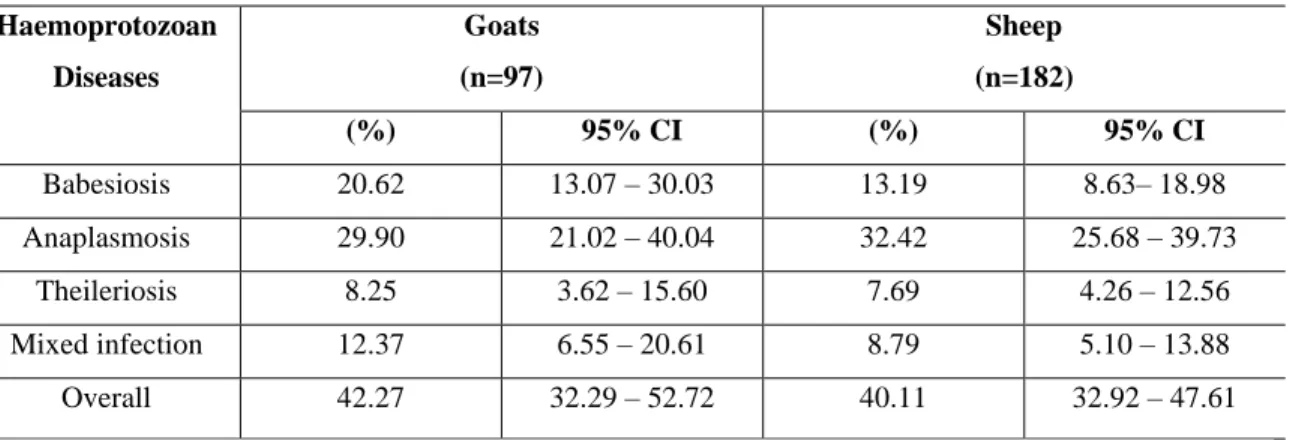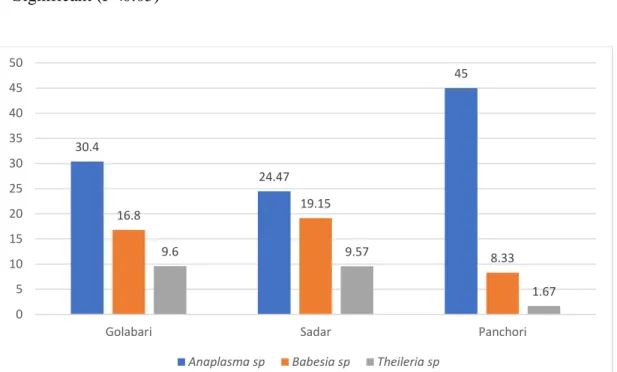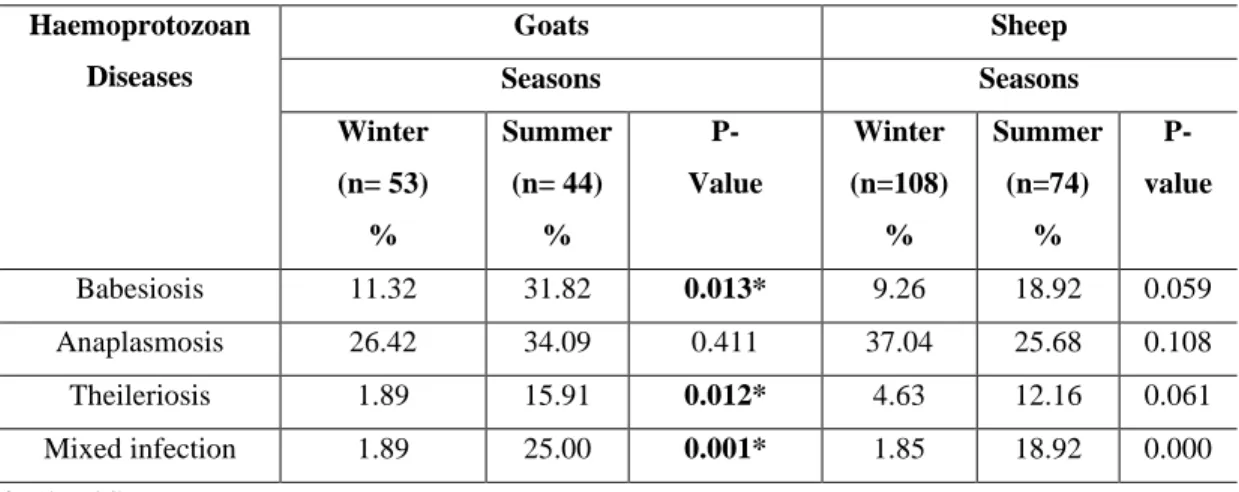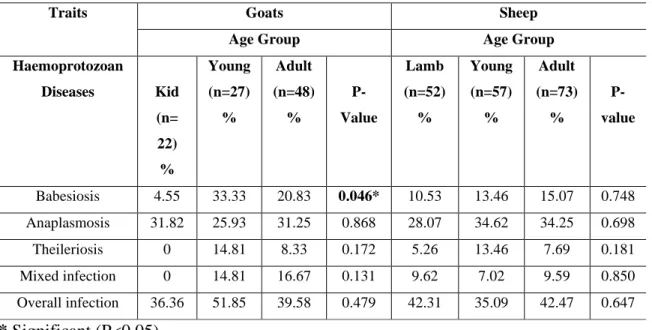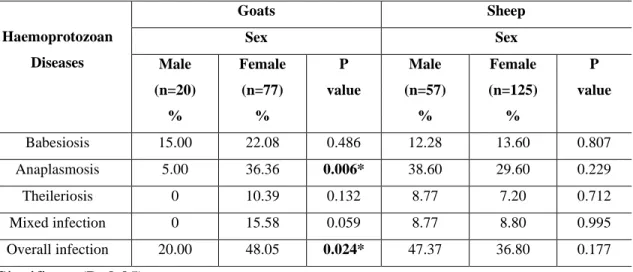L2 molts in larvae (L3) in third instar but retains cuticle from last molt. The intrinsic reproductive rate of a nematode species determines the rate of establishment and the size of the nematode burden in the host. Factors affecting both fluke larvae and their intermediate hosts are similar to those of nematode parasites (Anonymous, 1994; Hansen and Perry, 1994; Urquhart et al., 1996; Torgerson and Claxton, 1999).
Life cycle
Cercariae shedding begins at the beginning of the dry season, when the water level tends to drop and is still high. However, the immature paramphistomes migrate up the alimentary canal after excystment and attachment of the duodenum to the epithelium of the rumen and the reticulum (Soulsby, 1986). The eggs reach the lumen wall, which is supported by lithic elements isolated from the eggs and by heavy tissue perforation at the tip of the egg.
Cestodes
Life cycle
The duodenum and ileum are immature paramphistomes that provide nutrition for the plugs and lead to bleeding, which can cause bleeding, diarrhea and bleeding for a long period of time (Soulsby, 1986). Free-living cercariae in fresh water can penetrate healthy human skin in a complex life cycle. Schistosomuli then enter the vein and gradually move to the lungs for several days in the skin.
Diagnosis of parasites in small ruminants
Prevalence of gastrointestinal parasites in Bangladesh
There was another study to investigate the prevalence of goats among all topographical gastrointestinal nematodes in Bangladesh. In Chattogram, the gross prevalence of gastrointestinal parasitic infections was 68.64% in sheep and 61.82% in goats. This was investigated epidemiologically in gastrointestinal parasites. The prevalence of ecto- and endoparasites in semi-scarfed Black Bengal goat (Capra hircus) in Pahartali Thana was investigated in another study in Chattogram.
Prevalence of gastrointestinal parasites in other countries
EPG samples for the collected nematode species were counted by a simple McMaster method using saturated salt and sugar solutions (Islam et al., 2019). In Nigeria, the prevalence of gastrointestinal parasitic infection in sheep was investigated and 64% overall prevalence was found.
Haemoprotozoan diseases .1 Babesiosis
- Etiology
- Epidemiology
- Anaplasmosis
- Etiology
- Epidemiology
- Theileriosis 1. Etiology
- Epidemiology
- Diagnoses of Haemoprotozoan diseases
- Prevalence of haemoprotozoan diseases in Bangladesh
- Prevalence of haemoprotozoan diseases in other countries
Ticks of the genus Rhipicephalus bursa, Rhipicephalus bursa turanicus, Dermacentor silvarum, Dermacentor marginatus, Dermacentor andersoni and Haemaphysalis sulcata (Alessandra et al., 2012). Phagocytophilum transmits transstadially in these ticks, but the transovarian transmission has not been proven (Ogden et al., 2002b). The prevalence of piroplasmosis (babesiosis/theileriosis) was detected by RLB technique, 28.1% in sheep and 11.7% in goats (Alessandra et al., 2012).
Study period
The study was conducted in hilly areas to find out how the pattern of different climates and geographical conditions affects the occurrence of various parasitic diseases.
Selection of animals and Survey Design 1. Target animals
Selection of age groups
Target sampling
Sample collection and preservation
Examination of samples 1. Blood Smears Examination
Fecal samples Examination
A questionnaire was used to track information such as owner's name and address, animal identification (ID), farm size, breed, age, sex, deworming history, vaccination history, the presence or absence of ticks, etc.
Morphological Identification of tick
Molecular characterization of blood protozoa from goats and sheep 1. DNA extraction from blood and tick sample
Amplification of gene by polymerase chain reaction
Each individual DNA extract from the blood and tick sample was homogenized and the DNA was extracted according to the procedure described above. The thermo profile for PCR of specific Theileria contained at 94 °C for 3 min, followed by 35 cycles, 1 min. For Babesia sp. PCR was performed for 5 minutes at 95°C until initial denaturation, and then the reaction was repeated for 35 cycles under the following conditions: 1 minute of denaturation at 95°C, 1 minute of annealing at 56°C. and 1 min extension at 72 °C followed by a 5 min termination step at 72 °C.
Table 1: Primer pairs used for detection of Theileria, Anaplasma and Babesia from blood and tick samples.
Gel Electrophoresis
Purification of PCR amplicons
DNA sequencing and phylogenetic analysis
The multiple alignments of the assembled sequences were performed using MUSCLE algorithm and Neighbor Joining cluster method on MEGA X (version 10.2.4 windows x64) and then consensus sequences were obtained. BLASTn for nucleotide analysis obtained through GenBank from the NCBI database and then used to compare the consensus sequence with the correct Babesia, Anaplasma and Theileria species identity. The confirmation of the species was established as the closest BLASTn match with an identity of between 93%.
The proportion of trees in which related taxa clustered together is shown next to branches. The initial trees for the heuristic search were automatically obtained by applying the Neighbor-Join and BioNJ algorithms to a matrix of pairwise distances estimated using the Maximum Composite Likelihood (MCL) method and then selecting the topology with the highest log-likelihood value. The tree is drawn to scale, with branch lengths measured in the number of substitutions per site.
There were a total of 1827 positions in the final dataset for Babesia, Anaplasma and Theileria respectively. The statistical significance of the internal branches of the trees was estimated using Bootstrapping with 1000 iterations.
Statistical Analysis
Molecular data were analyzed by bioinformatics tools using BLASTn, sequence alignments using MUSCLE algorithm and Neighbor Joining cluster method on MEGA X (version 10.2.4 windows x64), and phylogenetic analysis using Neighbor Joining method with Kimura - 2 algorithm on MEGA X (version 102. .4 Windows x64).
Prevalence of gastrointestinal parasites on the basis of microscopic identification 1. Overall prevalence of gastrointestinal parasites
Seasonal prevalence of gastrointestinal parasites
Age specific prevalence of gastrointestinal parasites
Sex specific prevalence of gastrointestinal parasites
Prevalence of haemoprotozoan diseases on the basis of microscopic identification 1. Overall prevalence of haemoprotozoan diseases
Seasonal prevalence of haemoprotozoan diseases
Age specific prevalence of haemoprotozoan diseases
Sex-Specific prevalence of haemoprotozoan diseases
Microscopic identification of ticks
Molecular identification of blood protozoa
DNA sequencing
Results of nucleotides sequence alignment
Multiple sequence alignment of Babesia isolates with others from other regions Multiple alignment of Babesia nucleotide sequences of the B. ovis isolate revealed that the
Multiple sequence alignment of Anaplasma isolates with others from other regions
Multiple sequence alignment of Theileria isolates with others from other regions
The conserved regions are represented by the dots (.), while the variable regions are indicated by the letters representing the nucleotide A, C, G, and T.
Phylogenetic analysis of the Babesia, Anaplasma and Theileria isolates
The Theileria vieleshuni isolates from South Korea belonged to the same clade, but have a recent common ancestor with the Khagrachari isolates. The phylogenetic tree was constructed by the maximum likelihood method using MEGA X; Bootstrap analysis was performed with 1000 replicates with the Kimura 2-parameter (K2) model.
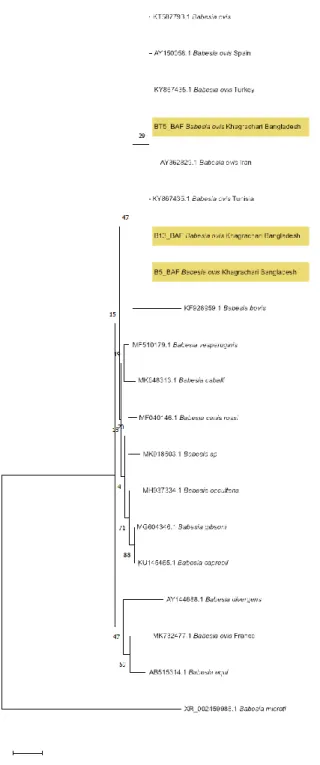
Prevalence of gastrointestinal parasites on the basis of microscopic identification 1. Overall prevalence of gastrointestinal parasites
Seasonal prevalence of gastrointestinal parasites
The seasonal effect on gastrointestinal parasites in small ruminants was found to be significant, which is similar to the finding of Rahman et al., (2017). In this study, the prevalence of gastrointestinal parasites was higher in winter, which agreed with the reports of Singh et. The findings of this study result do not agree with Yadav et al., (2006); Velusamy et al., (2015) and Islam et al., (2017), who observed higher prevalence of gastrointestinal parasites in summer than in winter.
Low incidence during winter may be due to unfavorable climatic conditions in winter months, which help to stop development in host and environment Occurrence of Toxocara sp., Ostertagia sp. This may be due to geographical diversity, mode of infection of such parasites, good hygienic measures, irregular or strategic anthelmintic therapy in cross-bred cattle and genetic resistance of local cattle to such infections.
Age specific prevalence of gastrointestinal parasites
In this study, the higher prevalence in adult animals could be due to the fact that the animal was maintained at a low nutritional level, that less feed was available, that the maximum adult females were in lactation or pregnant and that they were kept for a period of were kept in breeding and milk production for a longer period of time. purposes, long journeys, limited pastures, no additional or little feed was given to them, except grazing on nearby poor pastures or on roadside grass.
Sex specific prevalence of gastrointestinal parasites
Prevalence of haemoprotozoan diseases on the basis of microscopic identification 1. Overall prevalence of haemoprotozoan diseases
Seasonal prevalence of haemoprotozoan diseases
This may be due to the lower temperature and humidity in winter, which is less favorable for the growth and proliferation of tick vectors, which could lead to a lower frequency of such diseases in the study population (Muhammad et al., 1999 and Zahid et al., 2005).
Age specific prevalence of haemoprotozoan diseases
Prevalence of anaplasmosis was more in juvenile followed by adult which was in line with the reports of Radostits et al., (1994) and Jewel et al., (2020) who observed higher prevalence of anaplasmosis in less than 1 year old . Observation of this study is also consistent with the findings of Mohanta et al., (2011) and Rajasokkappan et al., (2016), who recorded that animals between 1-2 years of age are highly affected by Anaplasmosis. Higher incidence in adults may be due to enhanced wandering activity for foraging, breeding and marketing.
The incidence of Theileriosis in children and lambs partially in agreement with Savini et al., (1999) who observed that the infection increased significantly with age, but the previous results differed from the report of Urquhart (1996) who observed that young populations were more susceptible, and a degree of innate resistance usually limits mortality to a low level. In this study, no infection was found in children, which may be due to small sample sizes or acquired immunity of the child.
Sex-Specific prevalence of haemoprotozoan diseases
Microscopic identification of ticks
In this study, sheep are more infested by ticks than goat, which is supported by the results of Irshad et al., (2010).
Molecular characterization of blood protozoa
Detection of haemoprotozoan parasites from blood and tick sample by PCR The prevalence of babesiosis in goats and sheep was recorded 38.64% and 29.73%,
Distinguishing between these two species on the basis of morphology of piroplasm and schizont stages is challenging, especially in mixed infection. Theileria species of sheep and goats can also be detected routinely by conventional microscopic examination, but it lacked sensitivity and creates inconsistency in results, especially in asymptomatic or carrier animals, as the parasitemia level remains very low (El-Zeedy et al., 1998). In this study, PCR was used for the detection of Theileria species of sheep and goats.
These results are supported by d'Oliveira et al (1995) who used Theileria species specific primer, determined from small subunit gene for amplification of the expected 1098 bp DNA fragment from all Theileria species samples.
Phylogenetic analysis of the Babesia, Anaplasma and Theileria isolates
The prevalence of Theileriosis in small ruminants in Bangladesh has been investigated in previous studies, but to my understanding this is the first study on the molecular and genetic diversity of Theileria sp. Prevalence of gastrointestinal parasitic infections in various existing goat breeds in different districts of Bangladesh. Prevalence of gastrointestinal parasites in sheep and goats in and around Rawalpindi and Islamabad, Pakistan.
Prevalence of tick-borne hemoparasites in small ruminants in Turkey and diagnostic sensitivity of single-PCR and RLB. Comparative prevalence of five species of ixodid ticks infesting cattle and goats in Maputo Province, Mozambique. Prevalence of gastrointestinal parasites of sheep and goats slaughtered in Minna Modern Abattoir, Niger State.
Prevalence of gastrointestinal nematodiasis in goats in Sylhet Sadar upazilla, Sylhet, Bangladesh Journal of Advanced Parasitology. Seasonal prevalence of gastrointestinal helminths in sheep and goats of middle agro-climatic zone of Jammu province. Prevalence of gastrointestinal parasites and their impact on sheep in Riyom Local Government Area of Plateau State.
Prevalence of haemo and gastrointestinal parasites in sheep kept by the Nomadic Fulanis in some Northern states of Nigeria. An abattoir study on the prevalence of gastrointestinal nematodes of goats in the dry zone of Sri Lanka. Prevalence of gastrointestinal helminthes in Pastoral sheep and goat herds in the Cholistan desert of Pakistan.
